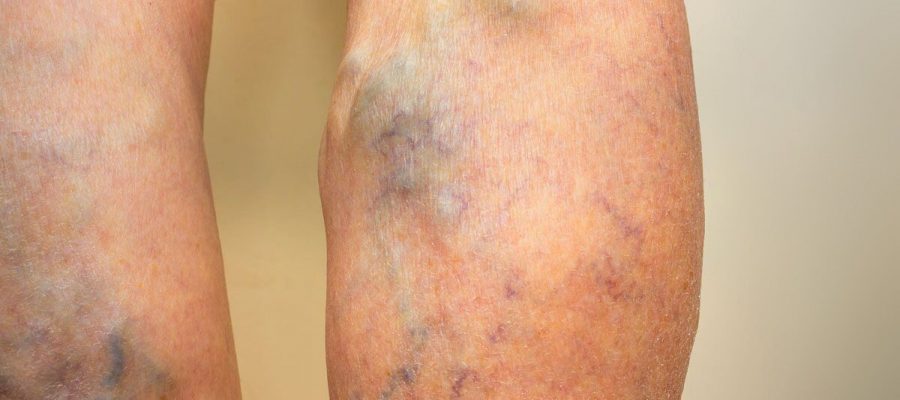British Heart Foundation: Understanding blood clots
We use your sign-up to provide content in ways you’ve consented to and to improve our understanding of you. This may include adverts from us and 3rd parties based on our understanding. You can unsubscribe at any time. More info
Varicose veins, which run under the surface of the epidermis, are typically red or blue in colour. They arise when the valves in our legs’ veins fail to let blood come back down while standing, rather than upwards towards the heart. Although this has many known causes, a great number of cases are put down to hereditary triggers. Sometimes, the over-consumption of certain beverages can contribute to the issue.
Among the drinks that have some of the most pronounced effects on the vascular system are sugar-sweetened beverages, alcohol and coffee.
High sugar intake causes problems by interfering with blood circulation and hindering blood flow, which causes blockages inside the veins.
In fact, there is evidence that sugar absorbs water and causes the wall of the vein to expand, swell and bulge.
Alcohol may contribute to the development of varicose veins in a similar fashion, but the drink alone is not the problem.

The New Jersey Vein and Vascular Centre explain that alcohol can put a significant amount of strain on the body’s vascular system by increasing heart rate.
This is caused by a loss of red blood cells, which are responsible for delivering oxygen throughout the body.
When pressure on the veins in the lower legs and feet intensifies, the likelihood of varicose veins increases, explains the health body.
The Canada Vein Clinics adds that drinking coffee may present similar complications by causing the veins to constrict.
This could pave the way for the development of chronic venous insufficiency, which may subsequently produce bulging veins.
Left untreated, the inflammation triggered by all three drinks could pave the way for significant complications. But with proper care, the condition can resolve rapidly.
Professor Mark Whitely, the UK’s leading venous surgeon and founder of The Whiteley Clinic, explained: “It is a common misconception that varicose veins are simply a cosmetic issue.
“While in the short-term they are rarely dangerous […], varicose veins to worsen and go on to cause a range of longer-term problems when left untreated.

“In fact, NICE guidelines say and prompt treatment, varicose veins can continue to worsen, and can lead to more concerning health problems.”
Among these complications are blood clots and leg ulcers, which have different characteristics, but pose similar dangers.
Other causes of Varicose veins
According to Professor Whitely, varicose veins are primarily a hereditary condition.
Therefore, anyone with a close family member that has a history of varicose vein issues can assume that they are likely to inherit the varicose vein tendency.

“You cannot prevent varicose veins and if you do have any symptoms or signs, recommended guidelines have shown that you should be referred to a venous specialist unit for [an] ultrasound to establish the best course of treatment,” noted Professor Whitely.
He continued: “It may sound simple, but elevating your legs is highly effective for improving venous circulation.
“Raising your legs when sitting will help to lower the pressure in your legs by allowing blood that has pooled the drain away, helping to minimise skin damage and blood clots. Try placing pillows or footstools underneath.”
Other preventive measures include maintaining a healthy weight, wearing supportive socks and getting regular exercise, all of which improve circulation.
Source: Read Full Article
